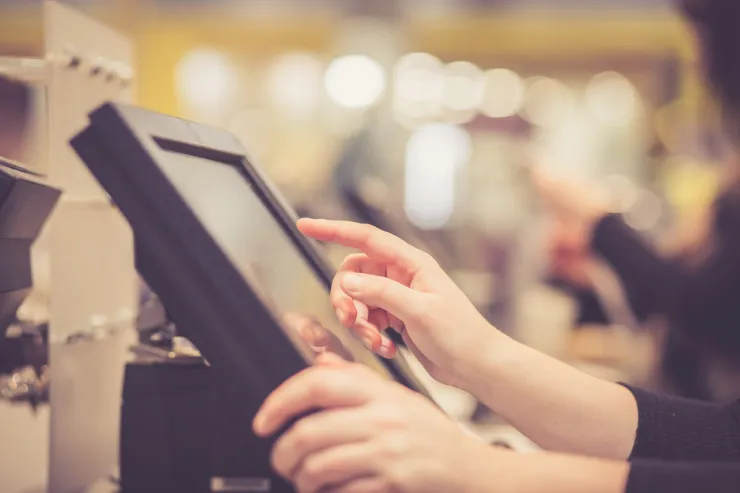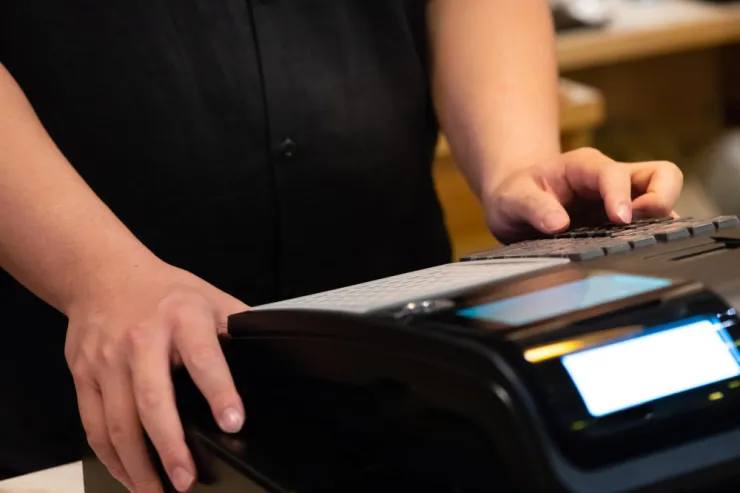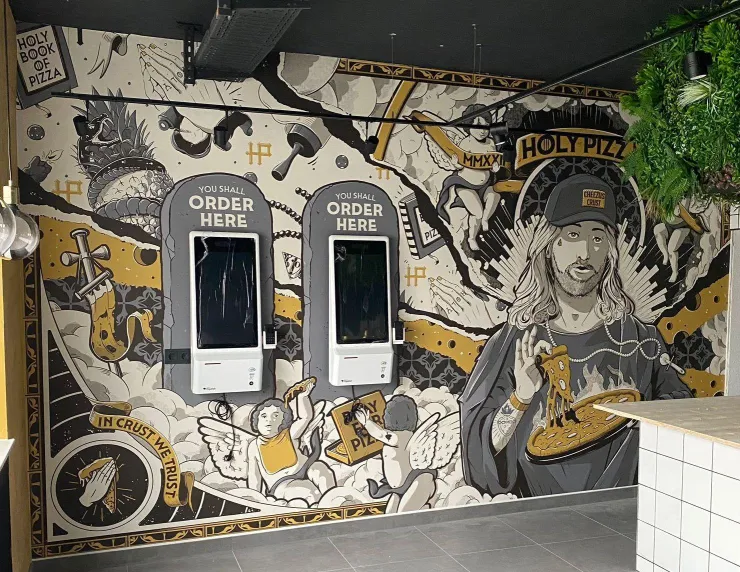How does a restaurant POS system work?
A restaurant POS system works by integrating order taking, payment processing, and restaurant management into one easy-to-use platform. It collects and organizes data from every sales channel, automates key tasks such as kitchen order routing and staff time tracking, and delivers real-time performance reports you can access from anywhere. Whether it is a small café or a multi-location chain, the right POS system streamlines operations, reduces errors, and gives you the control you need to run a smooth and successful restaurant.

If you are wondering how a restaurant POS system works, you are probably less interested in the technical code or hardware design and more focused on how it can improve your day-to-day operations. A modern POS is no longer just a cash register. It is a connected platform that manages orders, processes payments, tracks sales, supports staff scheduling, and provides valuable business insights. Understanding how it works can help you choose the right system to keep your restaurant efficient, profitable, and ready to adapt to customer needs.

What can a restaurant POS system do?
Traditionally the restaurant POS was the physical point of sale where orders were input and transactions were processed.
Things have come a long way and these days, restaurant POS systems tend to be cloud-based, meaning the data they use is stored on the internet, so you can access the software from anywhere.

They can also perform a lot more tasks. You can expect a solid restaurant POS to have a number of front and back-of-house restaurant management features built-in. Essentially performing the function of multiple systems in one.
Features you can expect in most restaurant POS systems:
Integrated payment processing
In-store ordering
Staff clock-in and out
Basic reporting
Extra features in a game-changing POS system:
Staff scheduling
Inventory management
Order ingest
CRM and marketing features
Health and food safety compliance tools
Customer and driver display screens
Multi-store management
Smart reporting tools
As you can see, the number of functions available is mind-blowing, which is why choosing your POS is one of the most important decisions you’ll make.
How is a restaurant POS system installed?
Installation of POS hardware used to be an expensive time-consuming process. Engineers would have to come to your restaurant and install servers, terminals and cash registers physically.

But with a cloud-based POS, there’s no need for bulky servers and associated maintenance costs. And modern systems tend to run on any device. So you don’t need specialist hardware.
Many restaurants run their POS systems on tablets or existing hardware which means they don’t have to a huge amount pay upfront to start getting the benefits of the POS system.
A restaurant POS system running in the cloud can be remote installed with support from the technology provider, making it a quick and pain-free experience.
How much does a restaurant POS system cost?
The cost of a restaurant POS depends on the fee structure, number of users and many other factors. But to give you a rough idea, here are the main ways POS systems are paid for:
Monthly subscription
Cloud-based POS systems, like most software, is often paid for with a monthly subscription. Depending on the provider and number of users and locations you need, it could be anywhere between $50 - 250+ per month.
Additional features may come at an extra cost and most providers will offer a number of subscription tiers so you can pay for all the features you need and nothing more.
Transaction fees
Most providers will charge a transaction fee as a percentage on each order or payment processed. This might be somewhere between 1-10% depending if it covers online ordering or is just for payment processing.
When you consider that delivery marketplaces can charge as much as 35% for processing orders and payments, the transaction fee looks less egregious. But you’ll have to crunch the numbers and figure out the best solution for your restaurant.
Hardware cost
If you are receiving hardware for your POS to run on, your provider may charge an upfront fee for this. For example, ordering kiosks, kitchen display screens and cash drawers might cost a few hundred dollars upfront.

The cost of this hardware is likely to be a lot less than the traditional installation of servers, terminals and all the associated wiring of legacy restaurant POS systems.
How a Restaurant POS System Brings It All Together
A modern restaurant POS system works by connecting every part of your operation into one seamless workflow. Orders from the counter, tables, kiosks, or online channels feed directly into the kitchen. Payments are processed instantly, and real-time data flows into your reporting dashboard, all from a single cloud-based platform you can access anywhere. By uniting ordering, payment, and management tools in one place, a POS system does more than handle transactions. It keeps your restaurant running smoothly from the first order to the last check of the day.


